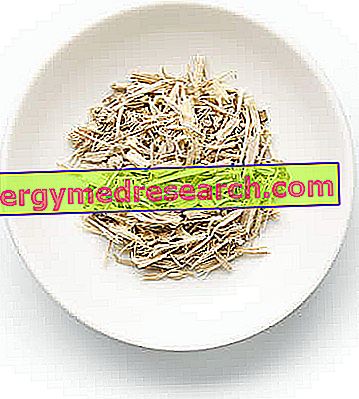Eleutherococcus is also a drug derived from a plant belonging to the Araliacee family, Eleutherococcus senticosus, very similar to ginseng. It is a perennial herbaceous plant, also called Siberian ginseng, because it is grown at high latitudes.

Of the eleuterococcus it is important to underline that, although presenting saponins, and being as such associated with ginseng, in reality it is characterized by an extremely diversified set of active principles, and it is difficult to associate a functionality with a unique chemical class, because all are present in the drug in an equivalent way and all give functional expression, both in vivo and in vitro, of its adaptogenic property.
The virtues of this drug are therefore linked to eleuterosides, that is to the complex of glycosides characterized by a diversified aglycone.
With adaptogenic drugs and drugs characterized by flavonoid compounds we have concluded what is the set of active principles that characterize the biogenetic pathway of scichimic acid.



